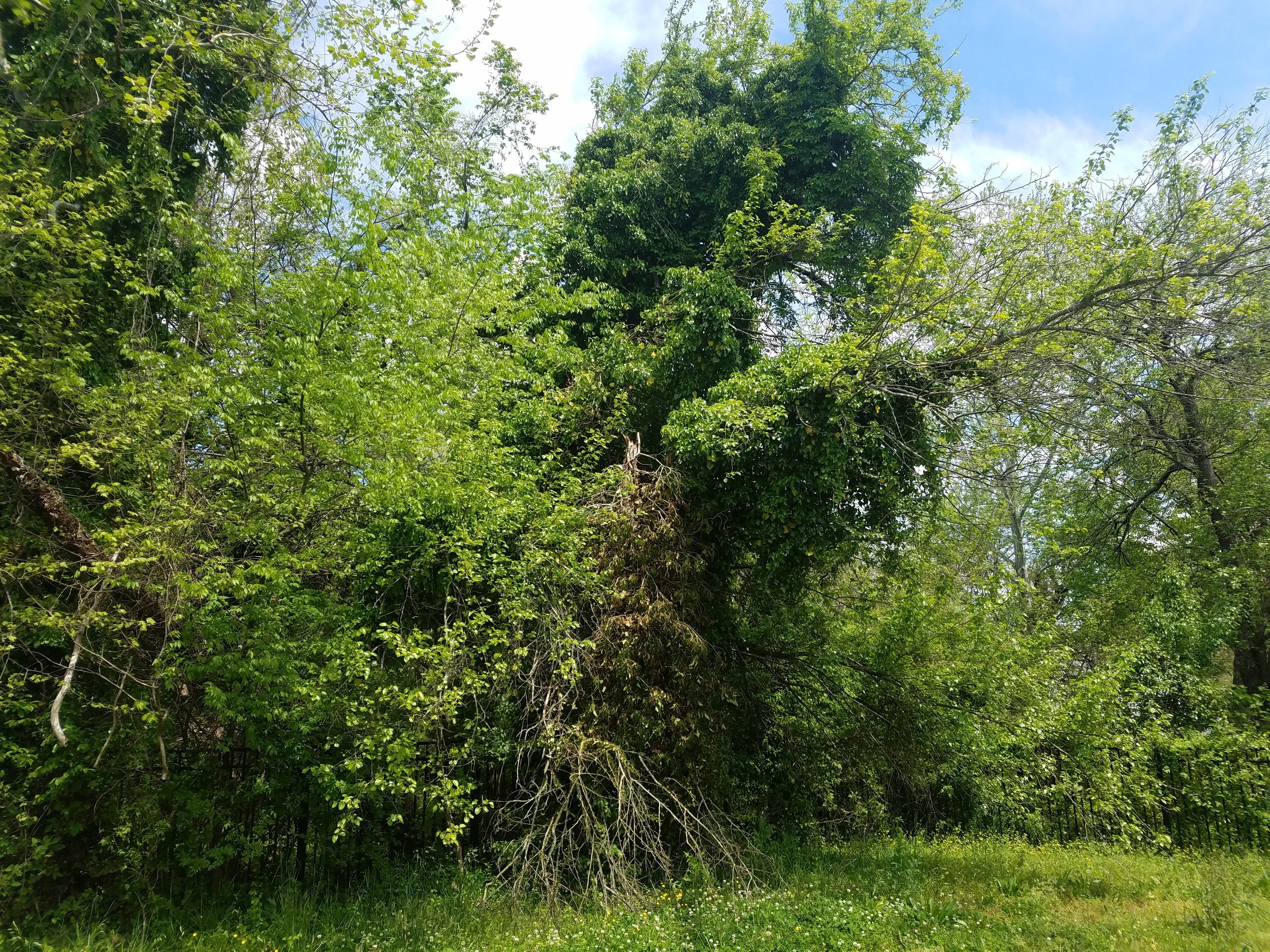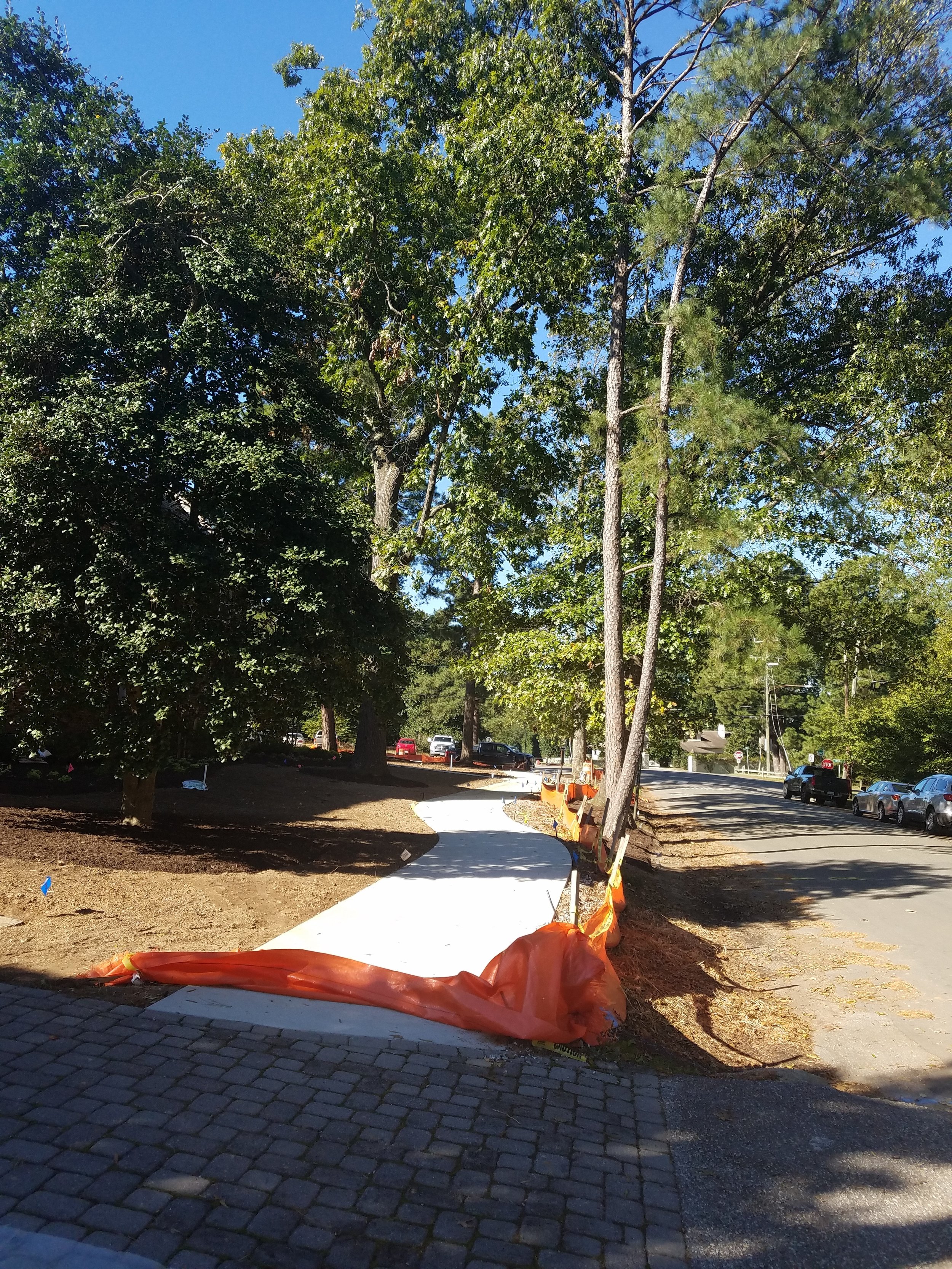Severe Weather Preparedness for Urban Landscapes
By Joel Koci, Associate Extension Specialist in Natural Resource Management (Urban Forestry)
Due to the increased population density in urban areas we are at a greater risk of a disruption of our daily life due to extreme weather events. These extreme events can be defined as storms that are not normal wind events, and precipitation events. Normal weather events are defined as weather events that occur two or three times per year. These events cause minor to moderate damage, such as broken defected tree limbs, overturned trash cans and patio umbrellas. These types of damage are usually easily repaired and cause little monetary damage.
However, with the recent increase in severe weather events, more preparation is needed to reduce property damage and monetary loss due to tree damage. Urban trees offer numerous eco-services that provide monetary benefits. In order to maintain the eco-capitol (flow of benefits to the population), the trees need maintenance to reduce damage from severe weather events. Severe weather is defined as winds over 50 mph, rain over 1”/hour, or .1/4” of ice accumulation.
These weather situations can cause power outages, uprooted trees and failed parts of trees. In an urban area these failures can and do cause property damage, loss of income and disrupt human normal activities. Some practical and cost effective practices can be applied to reduce the potential damage from nearby trees.
First Step: When the plant is still less than 25 ft. in height examine it for weak “V” crotch formation of major forks. Remove or subordinate (reduce in height) one of the limbs and check for girdling roots at the soil line or just below the line. Check to see if the tree may grow into power lines. This stage of development is the most cost effective corrective stage to correct structural imperfections of the tree. When done at this stage, the wood is much lighter and easier to handle, and less live tissue is removed, which is less of a shock to the tree. By removing potential growth problems at this stage the resulting growth will be more sturdy and less prone to breakage.
If the tree is over 30 feet in height, step back and look at the silhouette of the canopy. If the leaf distribution and density are continuous to the ends of the limbs, the root system is healthy. Go to the trunk and check for “girdling roots” at the ground line. Examine the trunk for any dead areas with exposed wood. This indicates dead areas that may contain rot. Look up the trunk and check for weak “V” crotch formation of the major limbs, or split / broken/ dead limbs.
Many of the structural imperfections can be mitigated by a certified arborist. Mature trees offer our urban environment numerous tangible and intangible benefits that make our environment more livable. The safer we make them, the longer they will benefit us. However, even defect-free trees may fail if the force exceeds its structural strength. Always seek the advice of a certified arborist.




